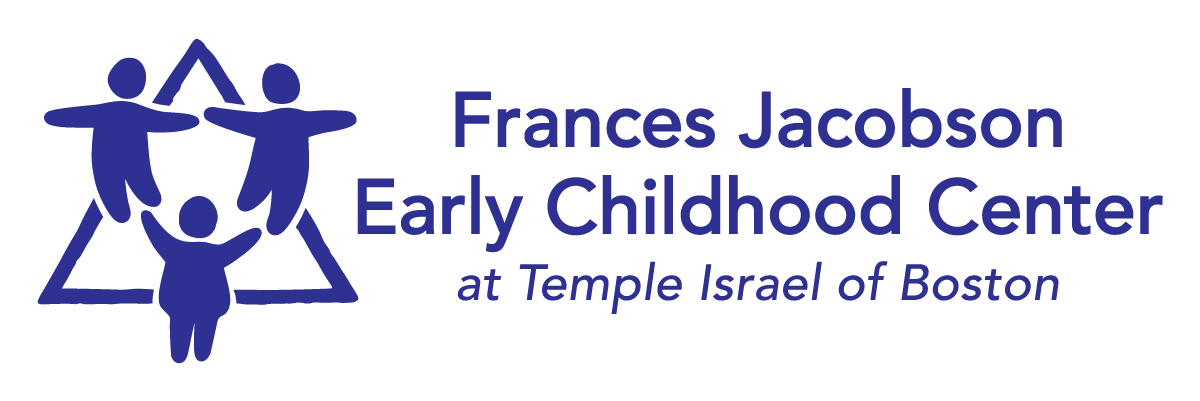The Blue Room has been working on creating a peaceful and supportive classroom community. We have found that books about kindness can be a helpful tool to enhance children’s social emotional development. With adult encouragement, children are able to make wonderful connections to their own lives and learn to be peaceful and supportive members of our society. It is never too young to start discussing these important topics!
Check out these books to help get the conversation started about kindness:
Be Kind - Pat Zietlow Miller, a story about how a classmate can help a friend having a difficult day.
Strictly No Elephants - Lisa Mantchev, this book is about a pet elephant who is not allowed in on Pet Club day. In the end, the boy and his pet elephant build their own club where everyone is allowed no matter their shape or size.
The Peace Book - Todd Parr - a short, sweet, and simple book about peace.
Maddi’s Fridge - Lois Brandt - a story about two friends, when one realizes the other does not have enough food in her refrigerator she does everything in her power to bring her friend food eventually involving the help of her mother.
It’s a…It’s a…It’s a Mitzvah - Liz Suneby and Diane Heiman - In Judaism, a mitzvah is doing a good deed. This book touches on many of the mitzvot that children are able to do.
Bagels from Benny - Aubrey Davis - a sweet story about a boy who helps his grandfather bake bagels and leaves them for God. By the end of the book, the boy learns an important lesson that it was actually a food insecure person eating the bagels.
How Dalia Put a Big Yellow Comforter Inside a Tiny Blue Box: And Other Wonders of Tzedakah - Linda Heller, in this book a sister teaches her younger brother how the simple act of Tzedakah (justice/charity), can help others in a big way.

















